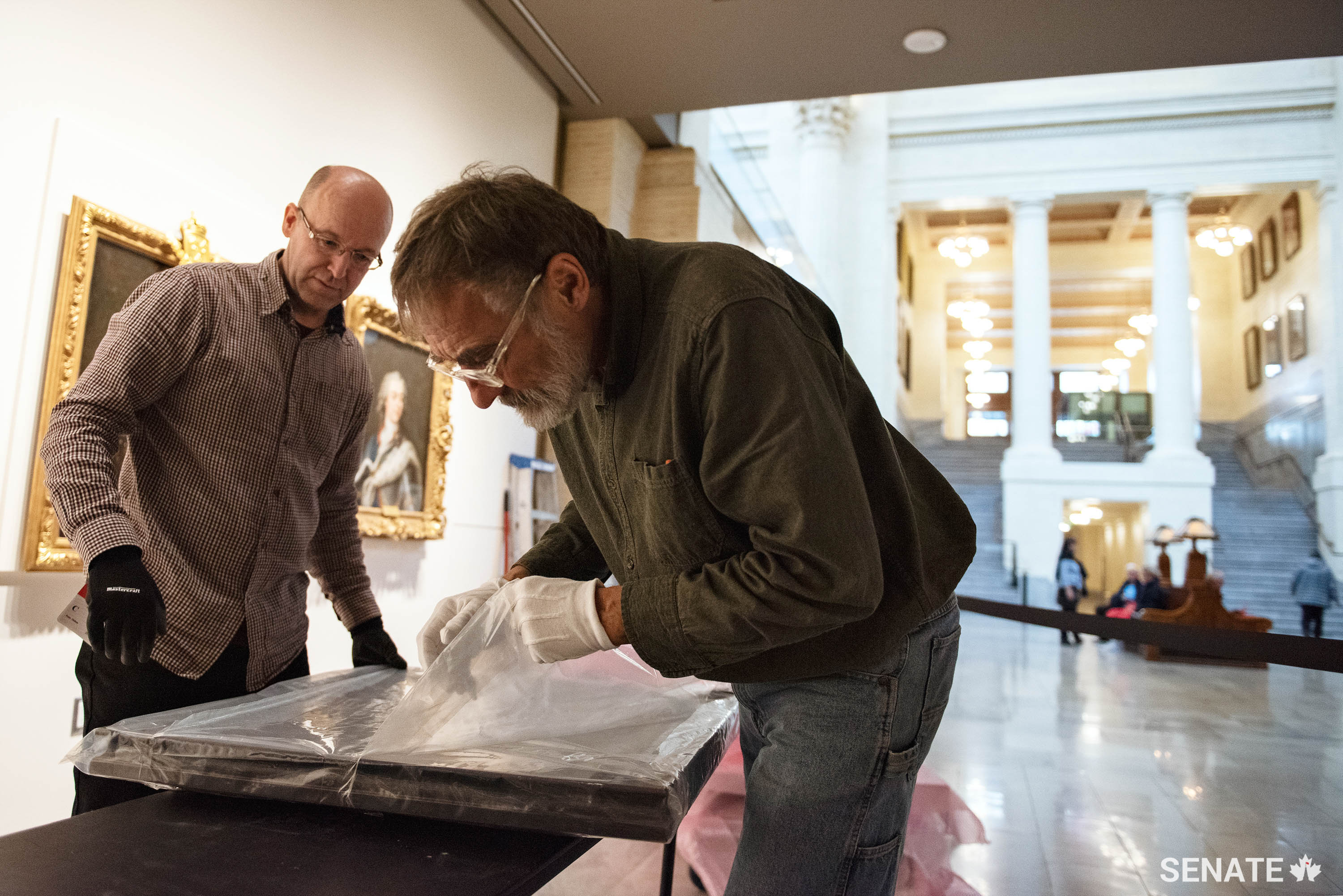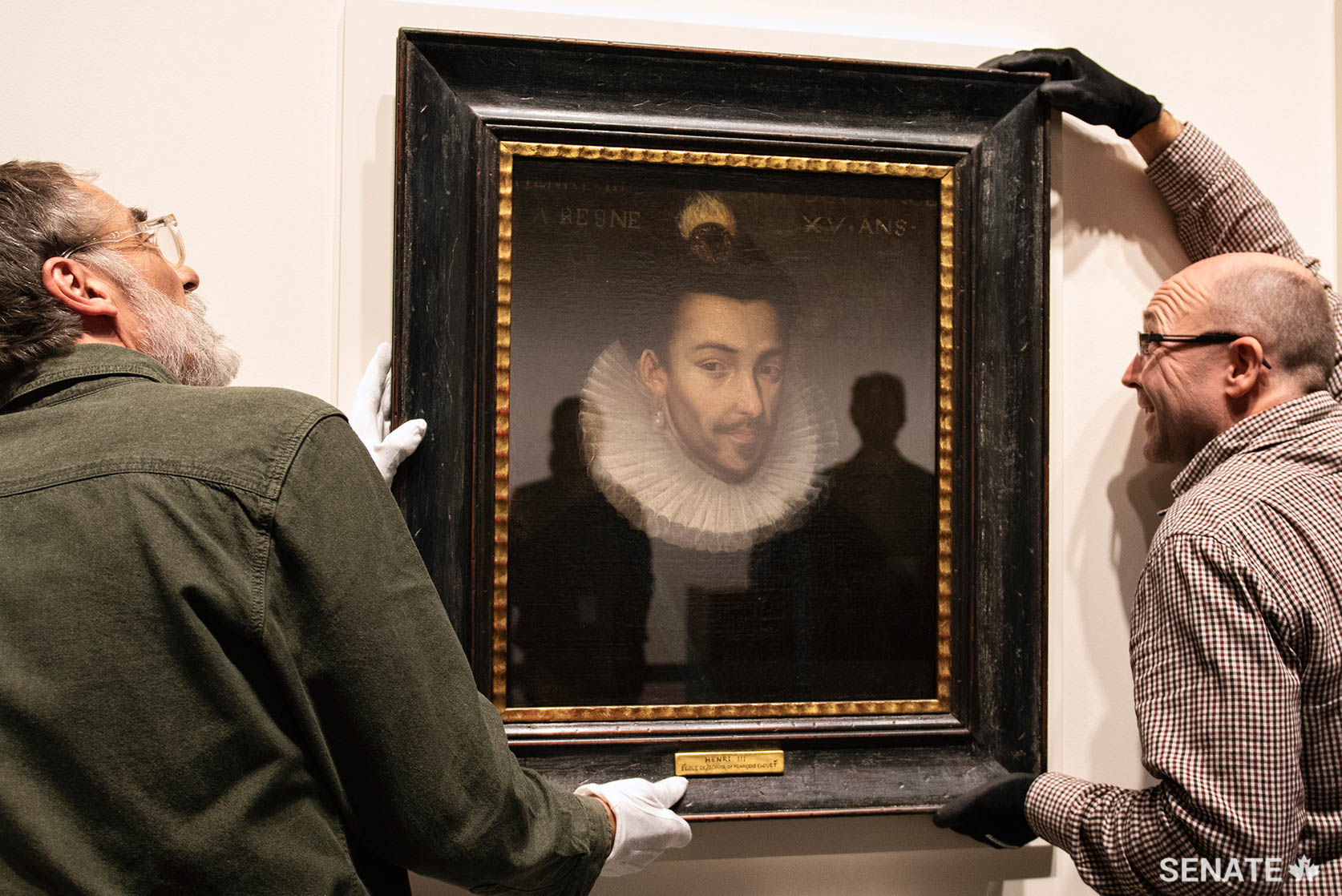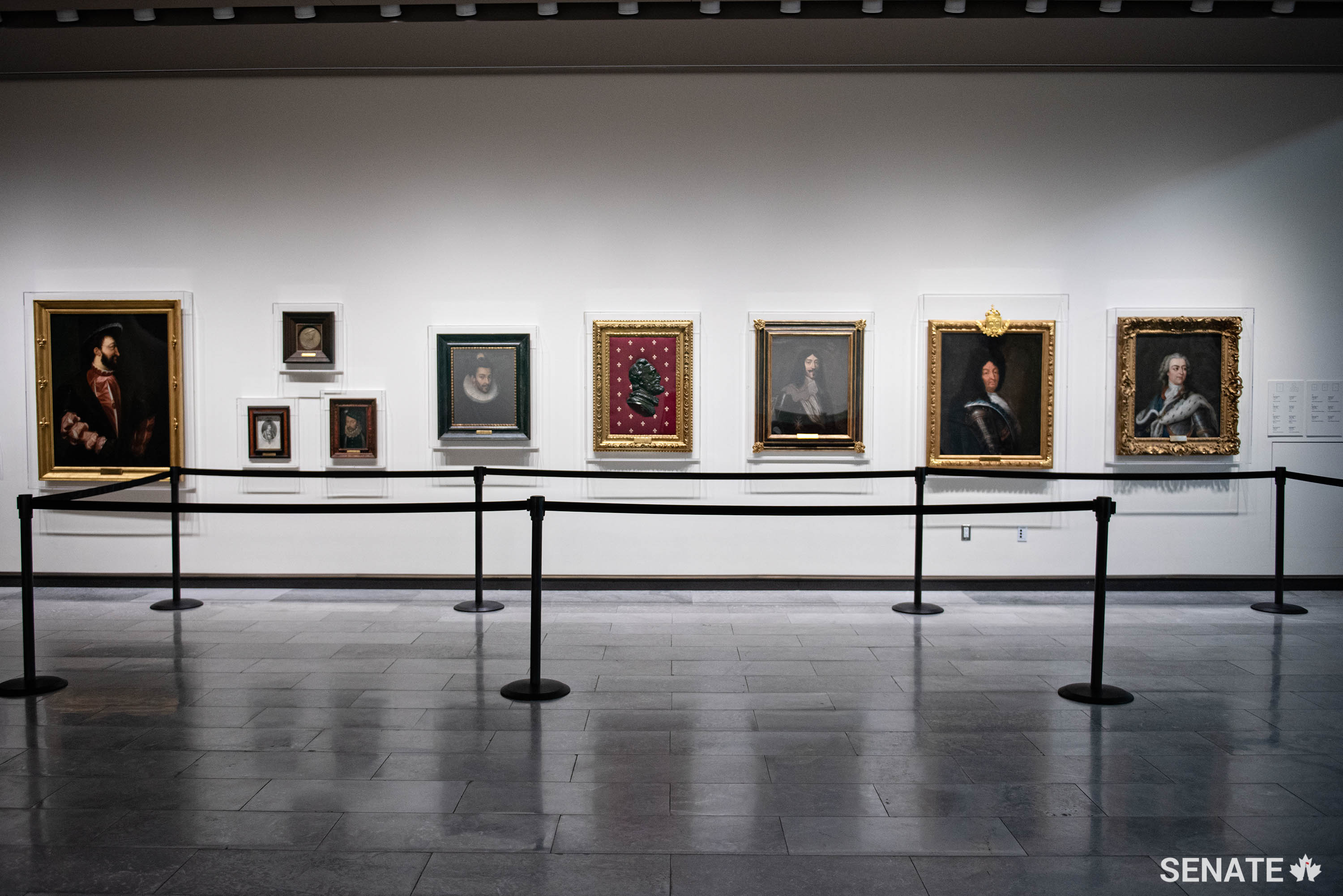The French Connection: The kings of France who shaped Canada

In February 2019, the Senate moved to the Senate of Canada Building, a former train station built in 1912. The Senate is expected to occupy its temporary location for at least 10 years while Parliament’s Centre Block — the Senate’s permanent home — is rehabilitated.
Although Centre Block is shuttered for rehabilitation work, Canadians can still experience its art and architecture through the Senate’s immersive virtual tour.
With a single command in 1534, François I, King of France, laid the foundation for the vibrant francophone presence of modern-day Canada.
The aging monarch had survived war and prison, and watched the plague take his mother.
And then, as he turned 40, he sent Jacques Cartier to North America, where the famous explorer established a French presence on the continent that still thrives today.
Nearly 500 years later, the king’s likeness stares out at senators and visitors to the new Senate of Canada Building from a heavy gilt frame, as if to supervise the country he helped to create.
The portrait of François I is part of a collection that used to hang in the Salon de la Francophonie in Centre Block and is on loan to the Senate from the National Capital Commission.
But with renovations forcing Centre Block to close, the portraits were given a new home and a place of prominence in the Senate’s expansive foyer, which was once the ticketing block of Ottawa’s grandest train station.
The Salon de la Francophonie paid homage to one of the founding peoples of Canada; the nine French kings on its walls reigned as New France was settled.
For Senator Serge Joyal, P.C. — who donated the art to the National Capital Commission’s Crown Collection of the Official Residences through the Canadiana Fund — it was important to keep these paintings accessible to the public to recognize the prominent role that French language and culture played in Canadian history.
“These French kings shaped Canada into the country that it is today,” Senator Joyal said.
“Modern Canada remains a proud part of the French-speaking world and we can trace that back to François I and to Jacques Cartier.”







